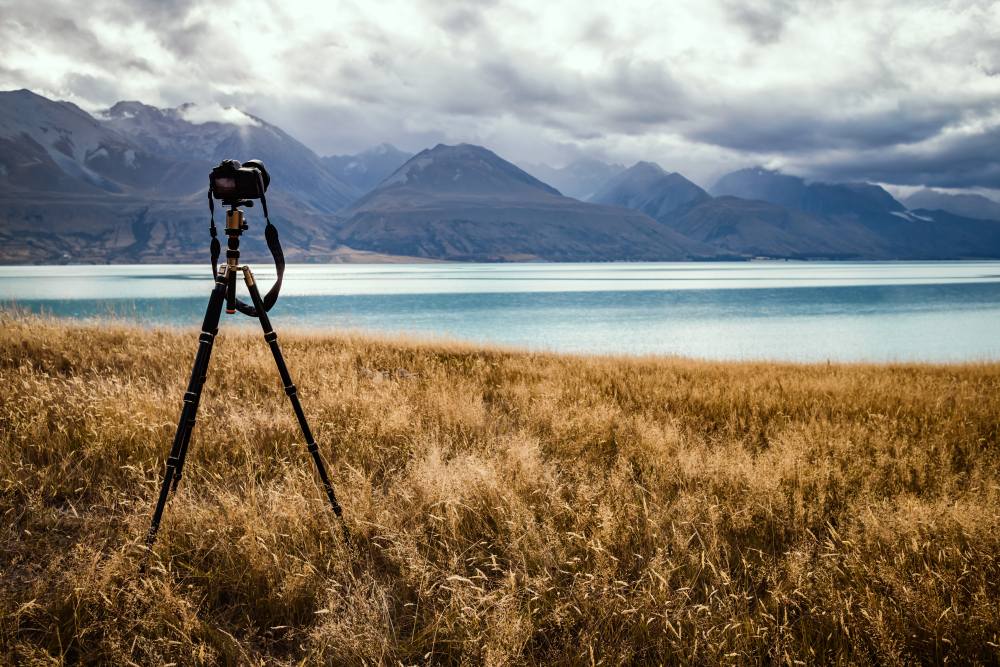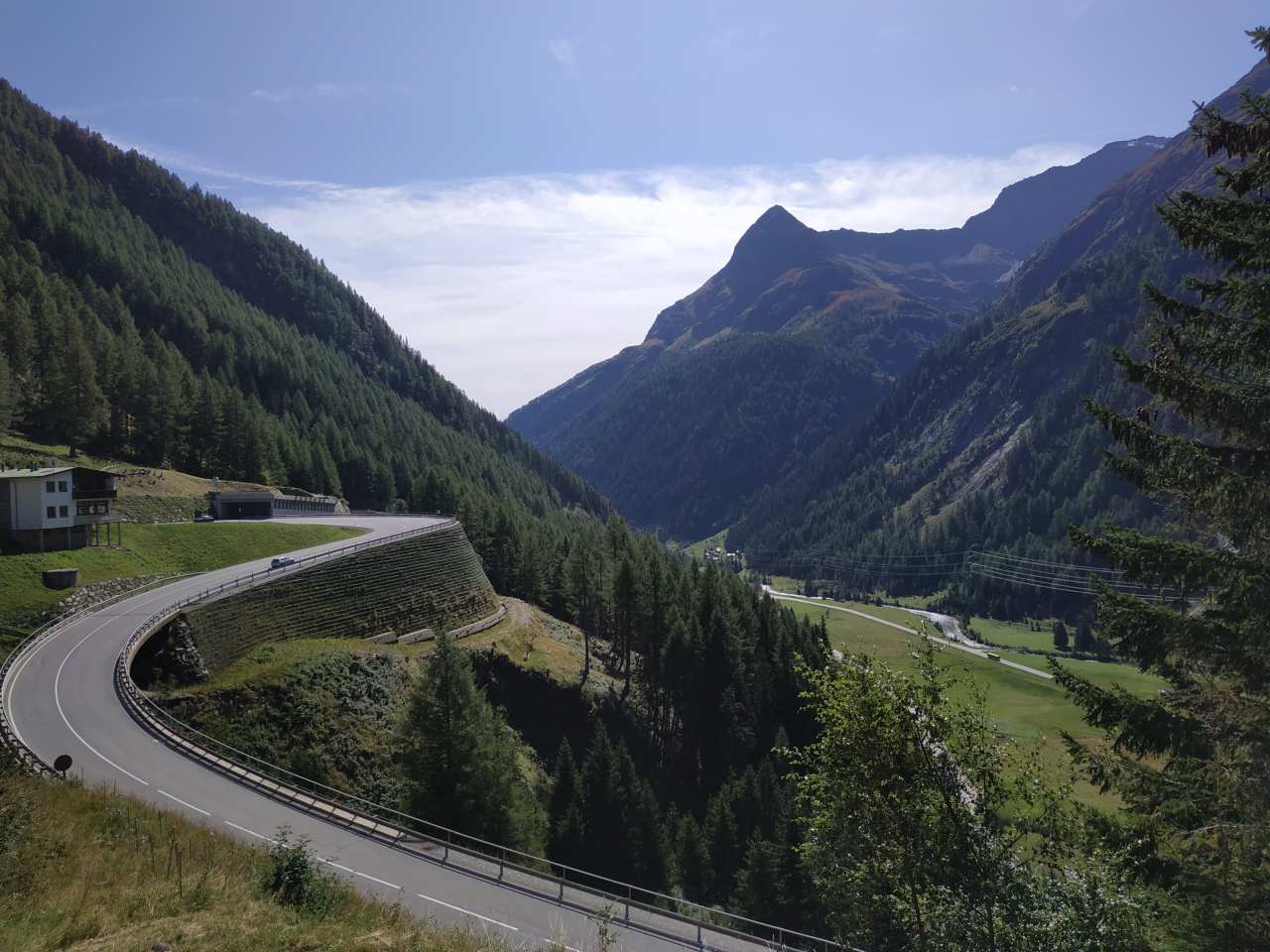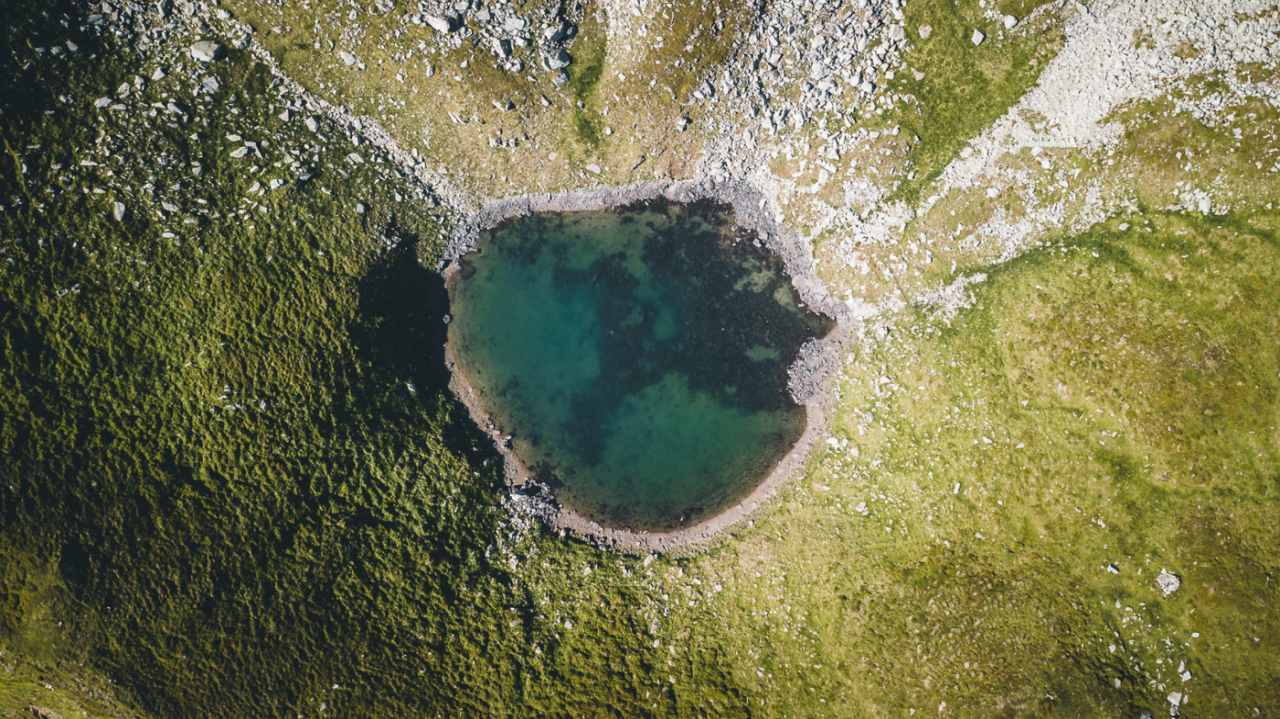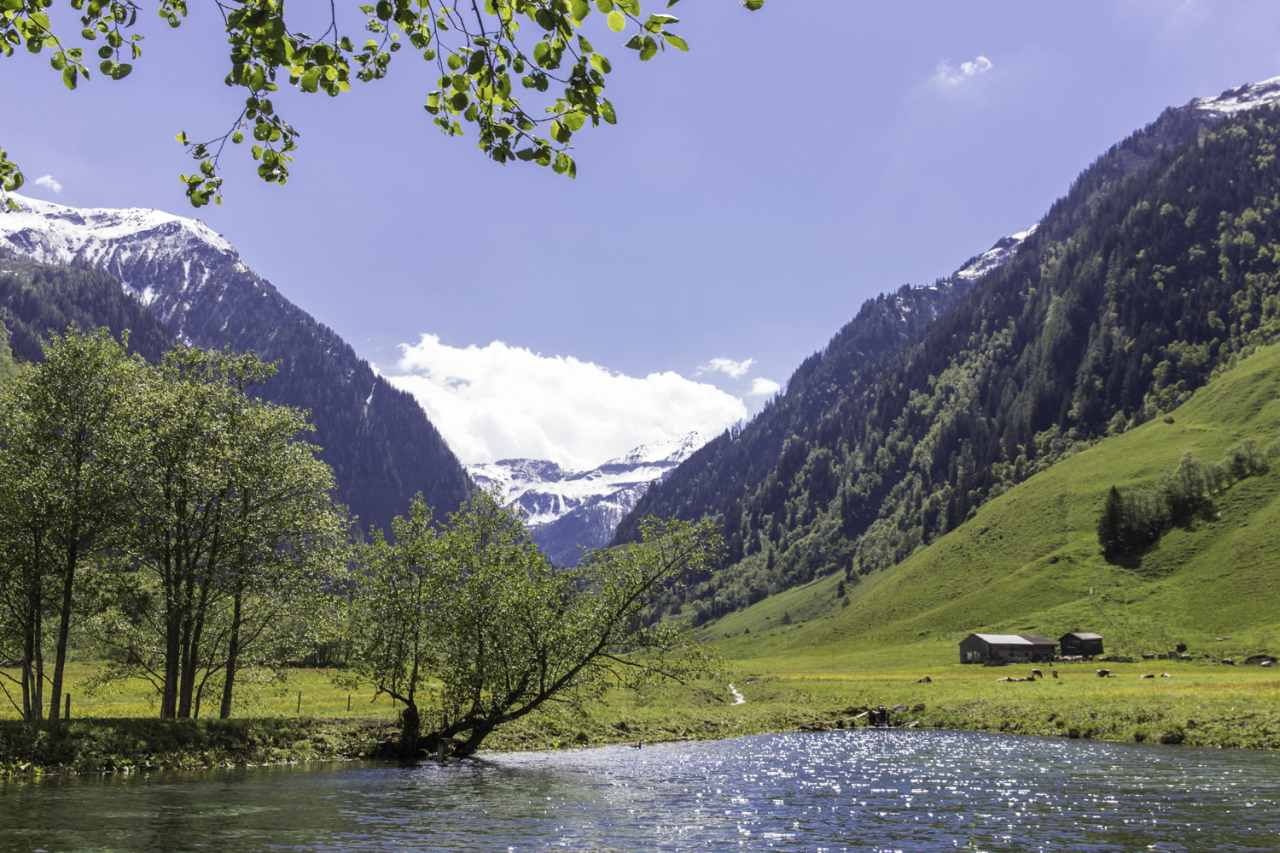
Well, I’m not going to write a report on a professional photography course, but I do want to give you a few tips on why it’s worth taking your camera along to the Austrian Alps.
Photographers say that a good subject is always there, in front of your eyes, you just have to see it. From then on, everything is about technology. As for the number of photographic materials lying around on the ground, I think it’s safe to say that Austria and the Austrian Alps are unbeatable at this category. You can practically barely take two steps without feeling the need to capture all that unfolds before you.

First of all, there is the most approachable beauty of the Alps, with no match in all of Europe. The mountain road leading to the Grossglockner takes you through the heart of the Alps of Carinthia and you don’t even need a backpack to capture the “highest experiences” of your life among the peaks higher than 3000 meters. And at the end of the road, in front of you, there rises the highest peak of the Southern Alps. You can photograph all this while walking on the glacier and sipping hot tea.
The entire Hohe Tauern National Park is full of natural wonders that are completely unparalleled in Europe and some even in the world! The National Park awaits the visitors with 300 lakes, 26 large waterfalls, 342 glaciers and 266 mountain peaks that are higher than 3000 meters.
The Krimml Falls can be singled out as one of the most spectacular, attractive places for photography, as not only its height and beauty are unique, but also the lookouts on the path leading to it will give you the chance to enjoy panoramic pictures that you can brag your friends about later.

The Primeval Bog also attracts photographers around the world to the National Park, with its unique fauna and hundreds of small ponds that create an atmosphere only seen in Fantasy movies.
Not only the natural beauties attract the lens, but also the variety of the fauna. Hundreds of alpine marmots can be observed in the natural surroundings around the granite lakes and the grassy alpine meadows. The Bearded Vulture is another sight you don’t often encounter. You can observe this huge bird of prey in its natural habitat in the Valley of Vultures. Also, mountain goats and chamois are such common species in this part of the Alps, that it’s almost certain that you can take a photo of either of them.
If we are already in the Valley of the Vultures, I have to mention the gold panning spots where adventure photographers can take pictures of unparalleled views. This tradition of hundreds of years has been preserved here, in these landscapes of the Austrian Alps, which is a real treasure for photographers.
After you successfully consumed your camera’s batteries and you exhausted yourself after the long hikes, you can spend a relaxing night in one of the accommodations around the region of Rauris. Sonnhof Hotel is welcoming you in the very heart of the Hohe Tauern National Park, where we serve you in English, German and Hungarian and provide you with the most pampering comfort possible.

This post was written by admin



